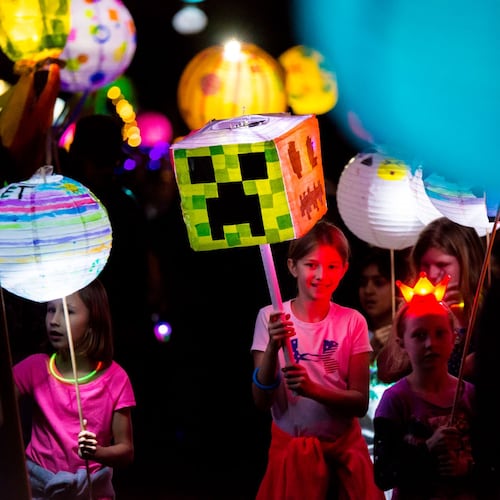Do you accept second-hand toys? Beware, because it could pose serious health risks for children, according a new report.
» RELATED: 8 Toys 'R' Us stores in Georgia to close
Researchers from the University of Plymouth recently conducted an experiment, published in Environmental Science and Technology, to determine the dangers of passed down toys.
To do so, they used X-ray fluorescence technology to examine 200 plastic toys, such as cars, trains, figures and puzzles, which were found in nurseries, thrift shops and homes across England. They were inspecting the items for nine hazardous elements, including antimony, barium, bromine, cadmium, chromium, lead and selenium.
After analyzing the results, they found that 20 toys had traces of all nine elements, which can be chronically toxic if children are exposed to them at low levels. If the kids put the products in their mouths, they can be introduced to the toxins faster.
"Consumers should be made more aware of the potential risks associated with small, mouthable and brightly coloured old plastic toys or components," coauthor Andrew Turner told BBC. "Without that, the attractive cost, convenience and recyclability of previously used toys has the potential to create a legacy of chemical contamination for younger children."
» RELATED: Consumer safety group W.A.T.C.H. unveils 'most dangerous' toys list
Furthermore, a few of the toys didn’t comply with standards set by the European Council's Toy Safety Directive. In fact, red, yellow or black plastics were the worst, because they had too much too much bromine, cadmium or lead.
While scientists said second-hand toys “are an attractive option,” parents should use with caution. They also believe risky toys should be taken off the market altogether.
About the Author
Keep Reading
The Latest
Featured

